As grocery prices continue to climb across the United States, shoppers are becoming more strategic about how they fill their carts. From budget-friendly apps to loyalty rewards and bulk purchases, Americans are finding creative ways to stretch their dollars without compromising on quality. The inflation-driven rise in food costs, estimated by the Bureau of Labor Statistics to be around 25% higher than pre-2020 levels, has forced households to rethink every item on their grocery list. Here are nine clever grocery shopping tactics people are using nationwide to fight inflation and keep their budgets balanced.
1. Switching to Store Brands
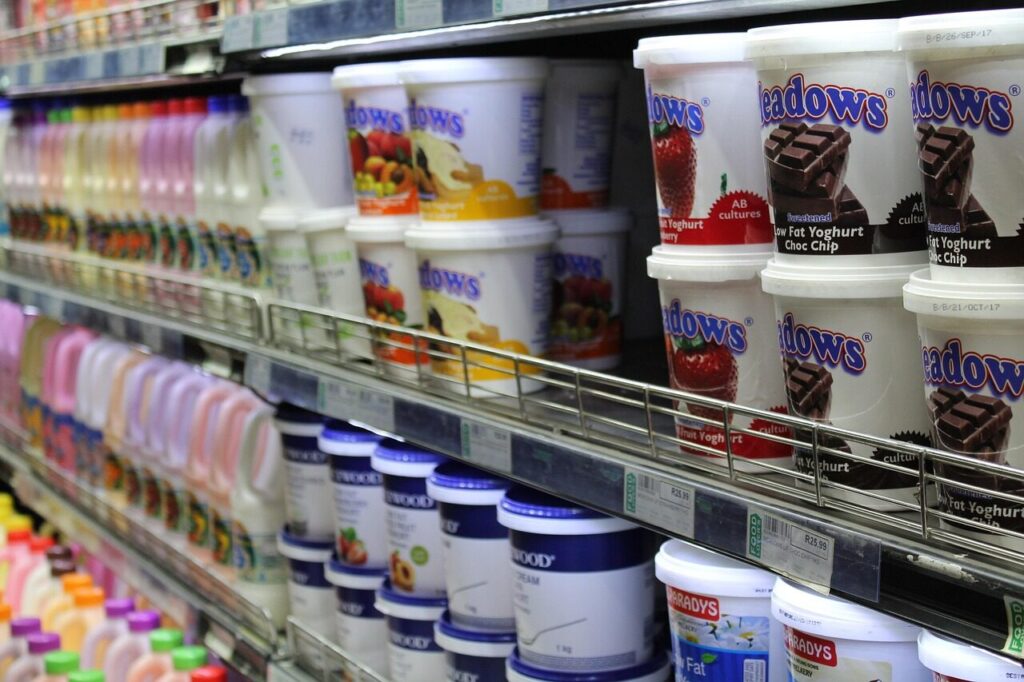
Private-label or store brands have become the go-to solution for many budget-conscious Americans. Retailers like Walmart, Kroger, and Target have seen sharp increases in their own brand sales since 2022. Shoppers are realizing that these alternatives often come from the same manufacturers as name brands but cost 20-30% less. In some cases, the quality is nearly identical, and blind taste tests have shown consumers can’t tell the difference. This switch has helped millions cut grocery bills substantially, especially on pantry staples like pasta, canned vegetables, and cleaning products, while still keeping shelves well-stocked at home.
2. Buying in Bulk and Freezing Essentials
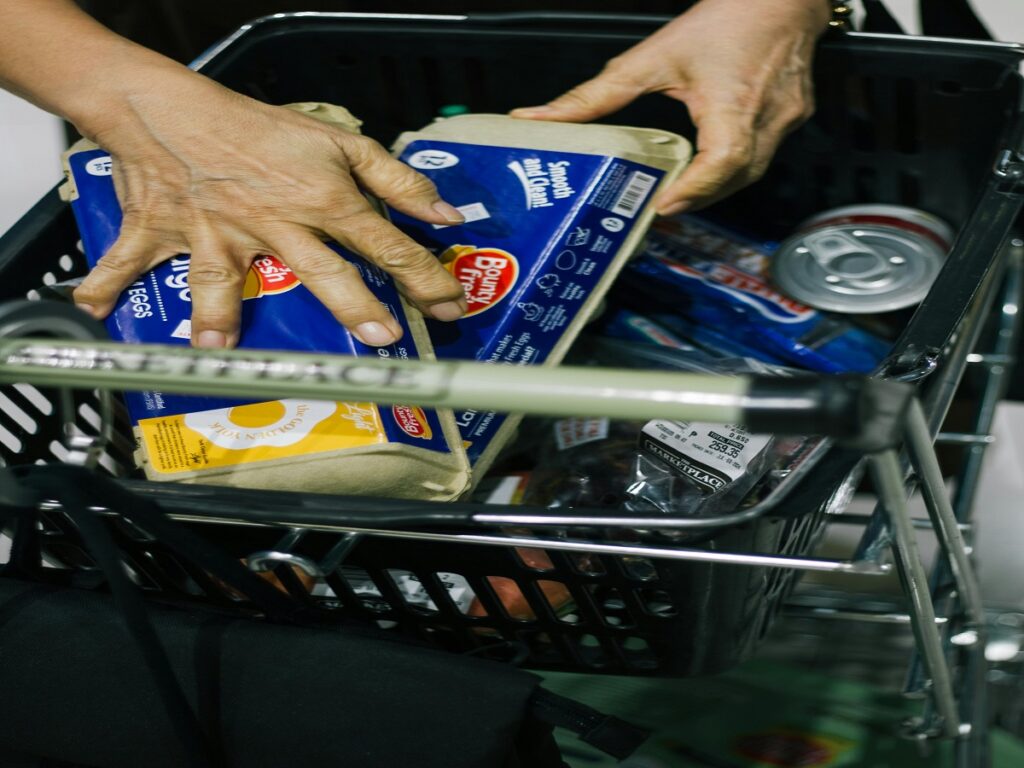
The practice of bulk buying has surged since 2021, driven by the popularity of warehouse stores like Costco and Sam’s Club. Shoppers are investing in larger packs of meat, grains, and frozen foods to secure lower per-unit costs. Freezing essentials like bread, butter, and chicken allows families to preserve freshness for weeks and reduce food waste. Many households even use vacuum sealers or deep freezers to extend shelf life further. While the initial cost of bulk purchases can be higher, long-term savings quickly offset that. Bulk buying has essentially become a modern inflation shield for smart planners.
3. Using Cash-Back and Coupon Apps

In the digital age, cash-back and coupon apps have revolutionized how people shop for groceries. Apps like Ibotta, Rakuten, and Fetch Rewards reward users for scanning receipts or linking loyalty cards. Some even offer double rewards when combined with store promotions. This system, which gained popularity during the pandemic, has turned grocery shopping into a small side hustle for many. Consumers save anywhere from $10 to $50 a month, depending on usage. These apps have made discount-hunting effortless, replacing the old-fashioned coupon clipping while offering instant gratification in the form of real money back.
4. Comparing Prices Across Multiple Stores

Instead of sticking to one supermarket, U.S. shoppers are comparing prices between different retailers, both online and offline. Many now rely on apps like Flipp and Basket to check real-time prices for items across multiple chains. This approach became widespread after 2022 when consumers noticed price gaps widening between stores due to supply chain variations. Shoppers often plan weekly trips to hit the best deals at places like Aldi for produce, Walmart for pantry goods, and Costco for bulk meat. Though it requires more planning, the savings can be substantial, sometimes cutting grocery bills by 15-25% monthly.
5. Planning Meals and Sticking to Lists

Meal planning has become one of the simplest yet most effective ways Americans fight grocery inflation. By organizing meals for the week, families can avoid impulse buys and reduce food waste dramatically. Surveys in 2023 found that households that plan their meals save around $70 monthly. Many use online planners or apps that automatically generate shopping lists based on recipes. This disciplined approach ensures that every purchase has a purpose, and fewer perishable items end up spoiled. Meal planning has not only become a money-saving tactic but also helps people eat healthier, balanced meals without overspending.
6. Shopping Discount Grocery Chains
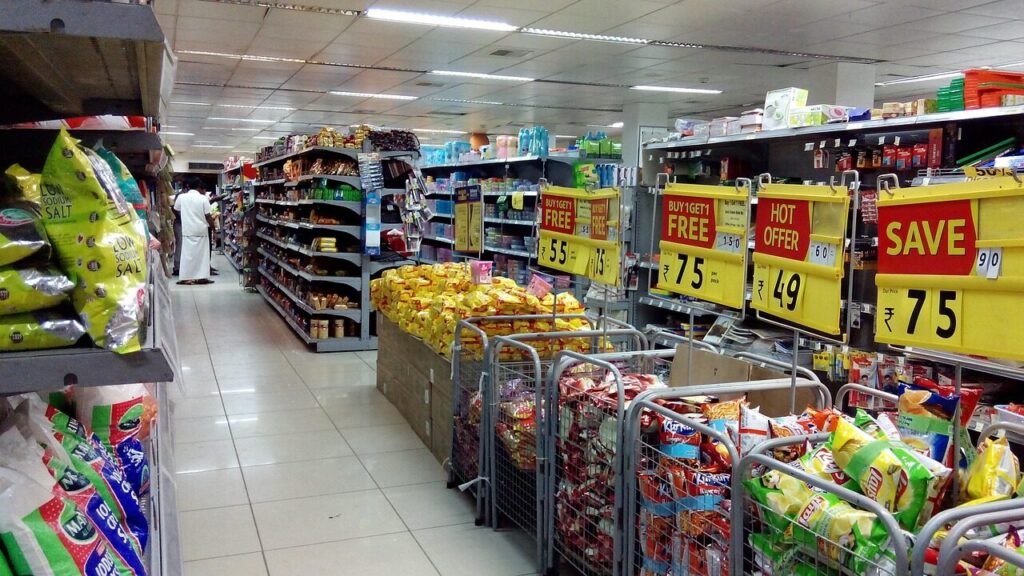
Discount retailers such as Aldi, Lidl, and Grocery Outlet have seen remarkable growth during the inflation wave. Aldi, founded in 1961 in Germany and expanding rapidly across the U.S. since 2017, is now a top choice for frugal shoppers. These stores operate on low-overhead models with fewer employees, minimal displays, and customer-supplied bags, passing savings directly to consumers. Products are often 20-40% cheaper than traditional grocery chains. In 2024, Aldi became one of the fastest-growing grocery retailers in America, showing how the combination of simplicity and affordability perfectly fits the inflation-conscious mindset of U.S. households.
7. Growing Small Home Gardens
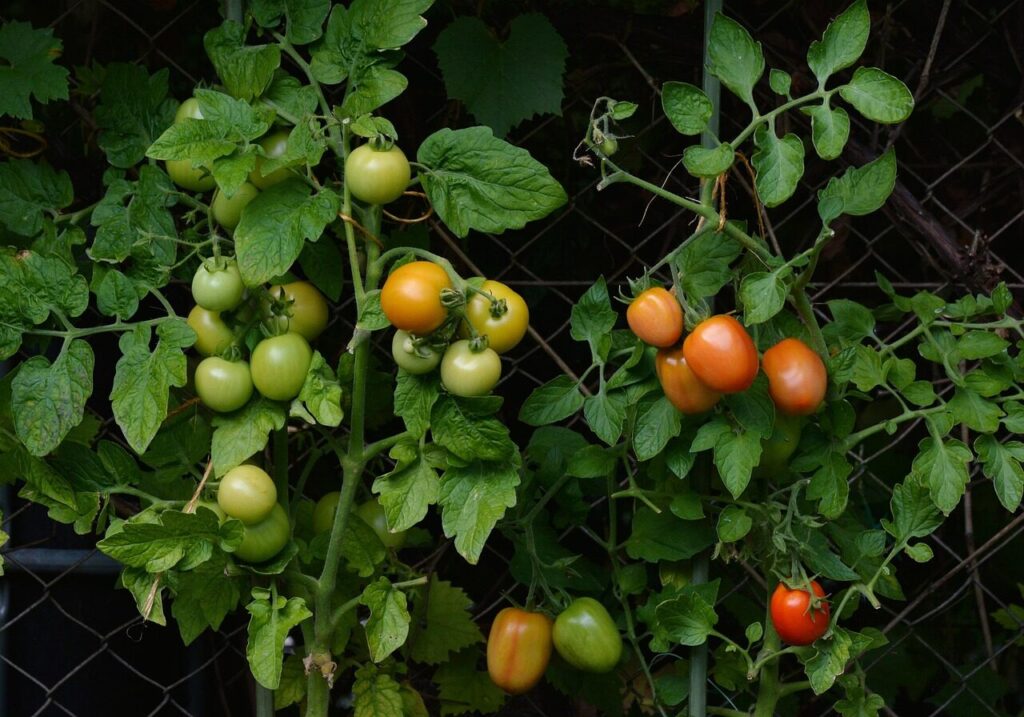
As inflation tightened food budgets, more Americans turned to gardening. The National Gardening Association reported that home food gardening increased by nearly 35% between 2020 and 2024. Even city dwellers are growing herbs, tomatoes, and lettuce on balconies or window sills. This back-to-basics trend not only saves money but also offers healthier, fresher produce. The initial investment in soil and seeds pays off within months, especially for frequently used ingredients. Some families even preserve or can their harvest for later use. Home gardening is becoming both a lifestyle and a financial buffer against volatile grocery prices.
8. Taking Advantage of Store Loyalty Programs

Loyalty programs have evolved beyond simple reward points. Today, stores like Kroger, Safeway, and Publix offer targeted digital discounts based on shopping habits. Introduced widely around 2019 and expanded after 2021, these systems now use AI to tailor promotions for regular customers. By linking store apps to phone numbers, shoppers receive personalized coupons for their favorite brands and essentials. Some programs also include fuel discounts, which compound the savings. For many, loyalty programs have become a critical part of their shopping strategy, turning regular purchases into an opportunity for consistent savings over time.
9. Shopping at Farmers’ Markets for Deals
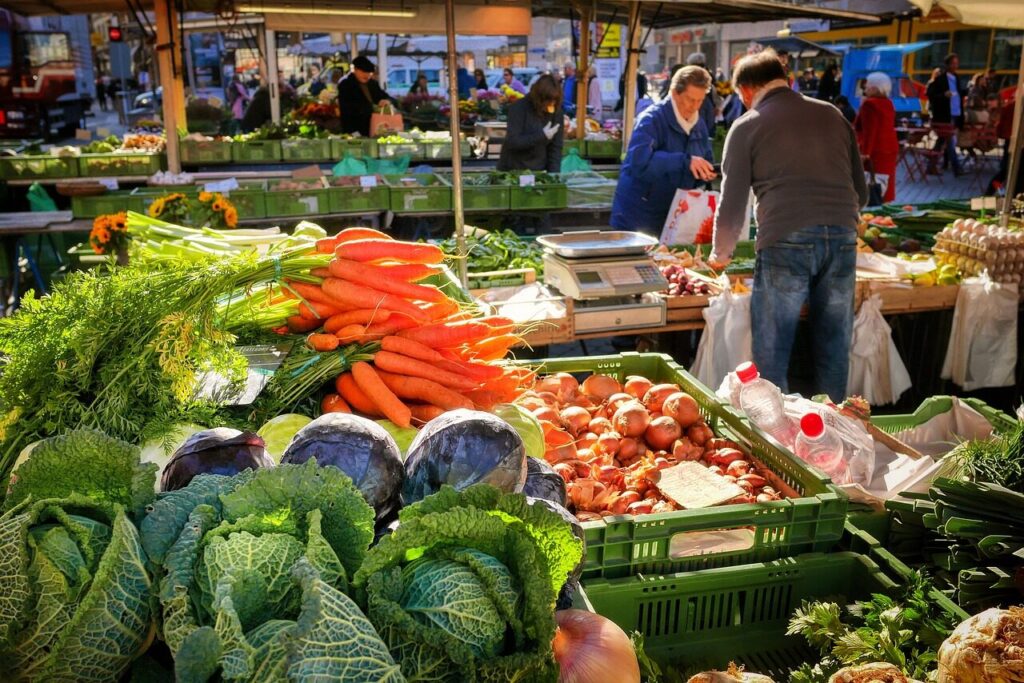
While inflation has hit supermarkets hard, farmers’ markets have quietly become hidden gems for budget-savvy shoppers. Local produce often costs less than store-bought equivalents, especially when purchased in-season. Markets that began flourishing in the early 2000s have now become weekly rituals for many Americans seeking freshness and value. Buyers can negotiate directly with growers or get discounts near closing hours. Additionally, many markets accept SNAP benefits and offer bonus dollars for healthy food purchases. Beyond savings, the experience connects shoppers to their communities and supports local agriculture, a win-win in times of economic uncertainty.
Comments